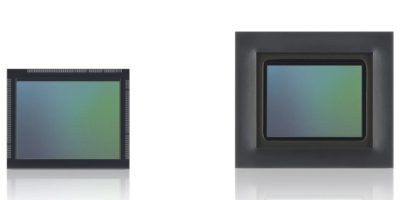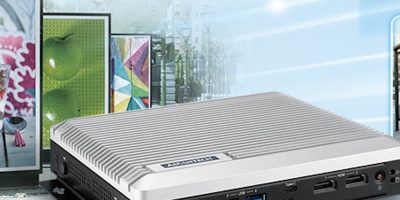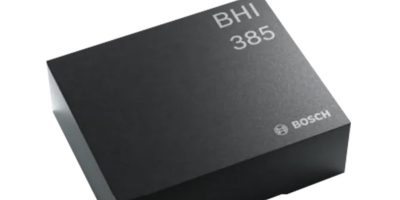Sony Semiconductor has announced the upcoming release of the IMX775 CMOS RGB-IR image sensor with the industry’s smallest*1 pixel size of 2.1 µm, delivering both RGB and IR imaging on a single chip and a resolution of approximately 5 effective megapixels,*2 designed for in-cabin monitoring cameras.
The new RGB-IR image sensor offers a high resolution of approximately 5 effective megapixels and is capable of capturing wide-angle images of the interior of the vehicle including the driver and passengers. It also delivers high image quality in both visible light (RGB) and 940 nm near-infrared light (NIR) imaging on a single chip with the industry’s highest near-infrared sensitivity and RGB dynamic range.
With the increasing need for advanced safety performance in automobiles, it is now becoming mandatory for vehicles to monitor driver status in order to support safe driving and prevent accidents. Laws and regulations are becoming more rigorous about confirming passenger body type, physical posture, and seat belt usage to ensure passenger safety. Against this backdrop, the new image sensor will contribute to driver and passenger safety and help prevent accidents by enhancing the precision of in-cabin monitoring.
The new image sensor uses Sony’s proprietary pixel structure to achieve both the industry’s smallest pixel size of 2.1 µm and the highest NIR sensitivity at the 940 nm NIR wavelength at the same time. The miniaturised pixels enable a resolution of 5 effective megapixels and a wide angle of view for single-chip monitoring of vehicle interiors including the driver and passengers. A high level of quantum efficiency (QE) in NIR contributes to high-precision recognition of the driver’s line of sight and passenger status even in low-light conditions, and regardless of the time of day.
Furthermore, the product is driven by a hybrid rolling and global shutter system for exposures to deliver the industry’s highest*1 110 dB dynamic range in RGB imaging. A new signal processing algorithm is also used to remove NIR elements from the RGB pixels for on-chip processing, thereby delivering superb colour reproduction.







